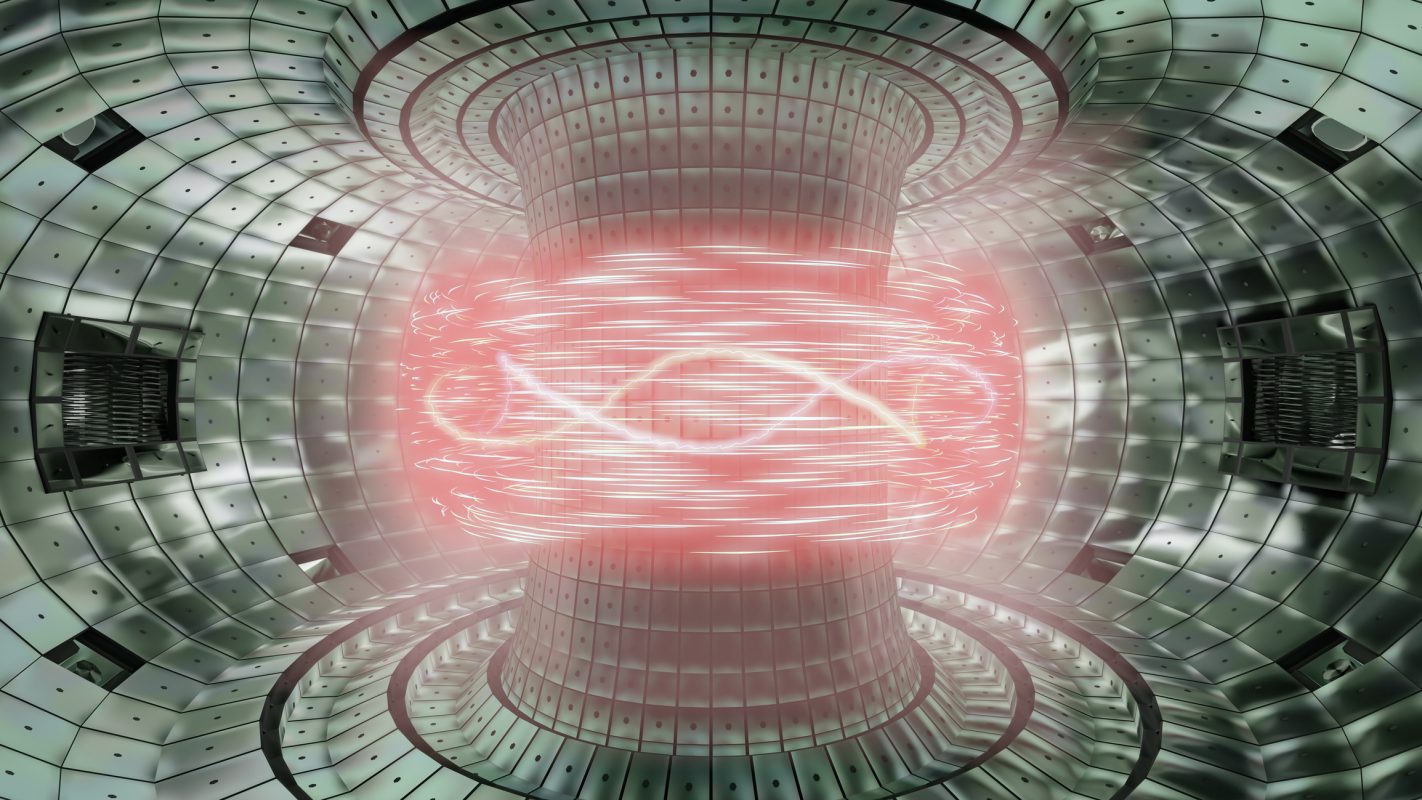Researchers develop resistant material with tungsten and hafnium for usage in fusion reactors hotter than the inside of the sun.
Nuclear fusion is considered the “holy grail” of energy production – virtually inexhaustible, CO2-neutral, and without safety risks like nuclear power. The process by which atomic nuclei fuse occurs naturally inside stars like the sun, providing them with energy for billions of years. For decades, researchers have been working to duplicate nuclear fusion on Earth. As we reported, U.S. scientists reported a breakthrough along that path late last year.
Now another possible piece of the puzzle has been discovered: An international research team has developed an alloy that could be used in fusion reactors to help harness the energy generated there. The material has proven itself under conditions like those in prototype reactors, where strong radiation and temperatures higher than those inside the sun occur, explains project leader Osman El Atwani of Los Alamos National Laboratory in the U.S. state of New Mexico. This extreme resistance is possible thanks to the raw materials tungsten and hafnium, the other components being tantalum, chromium, and vanadium.
At over 3,400 degrees Celsius, tungsten has the highest melting point of all elements and is the main component of the alloy. However, previous tungsten materials would degrade and deform under fusion conditions, El Atwani said. To develop a more suitable material, the scientists, among other things, calculated thermophysical properties and used simulations conducted at several institutions, including Los Alamos National Laboratory, the U.K. Atomic Energy Authority, Clemson University in South Carolina, and the University of Warsaw.
Even Small Additions of Hafnium Optimize the Alloy
Based on the performance predicted this way, hafnium was ultimately selected as an additive for the alloy. At over 2,200 degrees Celsius, the element also has a high melting point and is used primarily in the extremely hot environments of nuclear reactors and aircraft turbines, the latter application area currently driving massive demand for the technology metal.
Even minor additions of hafnium have resulted in higher radiation resistance, according to the Los Alamos National Laboratory statement. Subsequent experiments under conditions that replicate a prototype for nuclear fusion have demonstrated the alloy’s practicality.
The results were consistent with previous modeling, says Enrique Martinez, a materials scientist at Clemson University. This approach significantly reduced the number of experiments needed to evaluate the material’s performance. The research results also provide the basis to develop other alloys, El Atwani says – an essential step toward making fusion power generation more cost-effective and attractive to investors.
Photo: iStock/Peter Hansen


